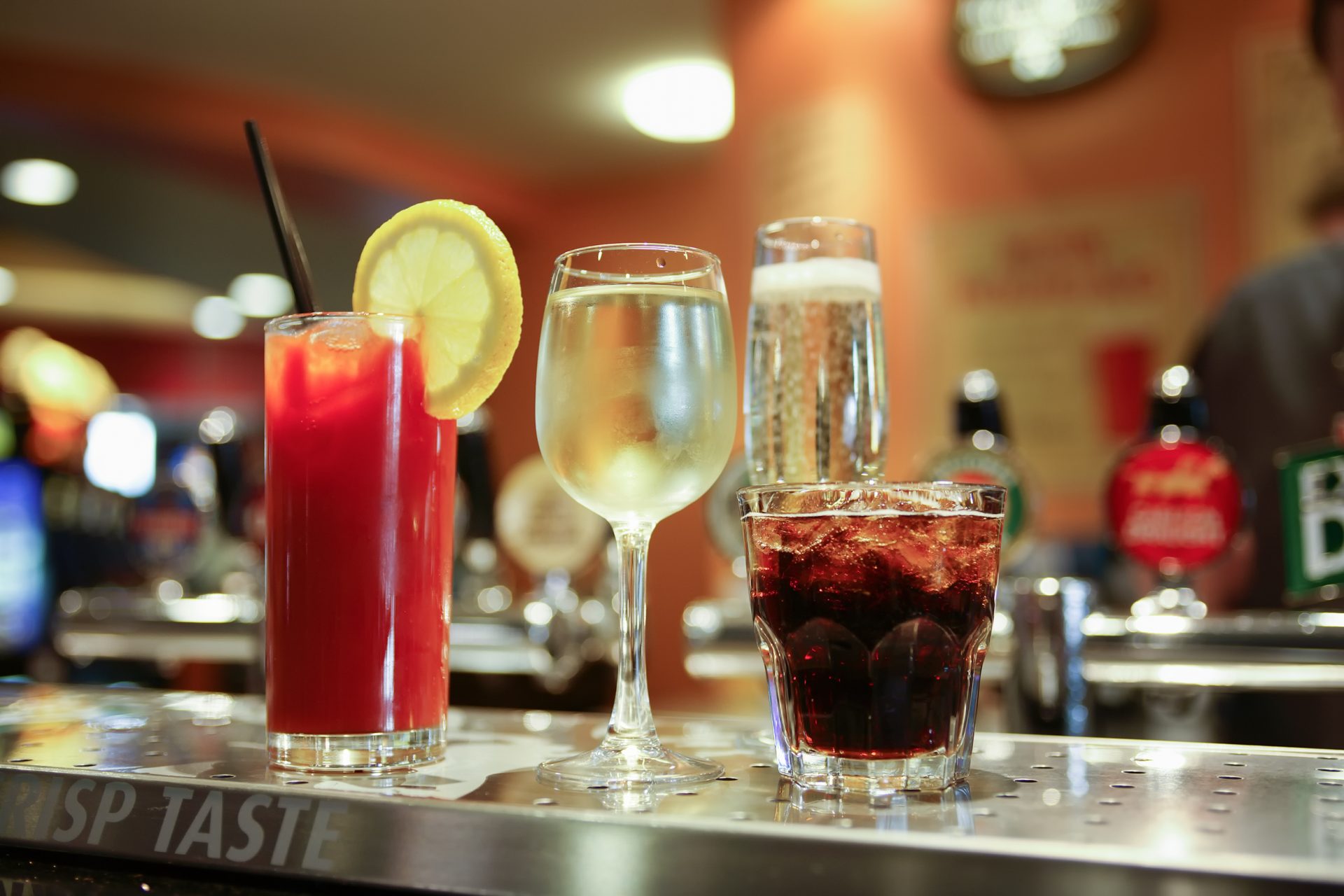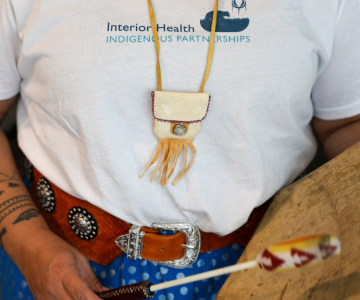We live in a society that not only normalizes alcohol use, but seems to endorse it. “It’s 5 o’clock somewhere,” after all.
Alcohol consumption has been steadily increasing over the years, and according to the University of Victoria alcohol monitoring project, people living in the Interior Health region have the highest rate of alcohol consumption in the province.
The risks of alcohol consumption
“Alcohol is such a common substance in our culture that the harms are often overlooked,” says Substance Use Practice Lead Amanda Lavigne.
According to the BC Centre for Substance Use, high risk drinking can lead to disease, social problems, and economic costs.
Each day 10 Canadians die in hospital from harm caused by substance use, and three in four of these deaths are due to alcohol.
These harms have been magnified during the COVID-19 pandemic as many people turn to alcohol as a coping tool, and this behaviour is being normalized on social media. Although humour itself is often used to help cope with stress, this can have the unintended effect of making uncommon consumption behaviours seem more socially acceptable.

According to the Canadian Centre on Substance Use and Addiction, 25 per cent of Canadians aged 35-54 and 21 per cent aged 18-34, reported an increase in their alcohol consumption while spending more time at home due to physical distancing and self-isolation protocols. Some of the reasons for increased alcohol use include a change of schedule, boredom, and stress during the COVID-19 pandemic. A May 15 article from The Capital states that in just two months, B.C. has sold four Olympic swimming pools of “extra booze”, saying it is likely “the sharpest spike in collective drinking since the end of prohibition.”
Alcohol negatively impacts the immune system, putting those who consume it at higher risk from the potentially dangerous COVID-19 virus.
How COVID-19 can add to the risk of withdrawal
People with alcohol use disorder may have their supply interrupted due to self-isolation, or financial hardship. Marginalized people, such as those without homes or jobs, may rely on pan-handling and collecting cans and bottles in order to buy alcohol, however during COVID-19 they are being significantly impacted due to recycling depot closures and limited public interaction.
This can increase the likelihood of withdrawal, which can be deadly in the case of some high-risk drinkers.
In response to this, Interior Health has implemented managed alcohol programs in Kelowna, Kamloops and Vernon with ongoing planning to expand to other communities.
Kelowna Mental Health and Substance Use Manager Nadine Rigby recalls one client’s reaction: “The client was almost in tears when he received his first dose. He was extremely grateful and stated that he couldn’t believe that we cared enough to provide this service for him.”
“Without this program, he would have gone into withdrawal and ended up in hospital.” Nadine Rigby, MHSU Manager
While the managed alcohol programs focus on the most vulnerable population in this pandemic, safer drinking guidelines should be followed by everyone who uses alcohol. Low-risk drinking guidelines recommend less than 10 drinks a week for women, with no more than two drinks a day most days, and 15 drinks a week for men, with no more than three drinks a day most days.
“Taking a harm reduction approach can help everyone who consumes alcohol. Harm reduction could look like diluting your wine with soda water and ice or having a non-alcohol beverage in between drinks to slow down consumption,” says Amanda.
Want to learn more?
If you are concerned about your alcohol consumption, talk to your primary care provider about creating shared goals and improving your health.
Check out these helpful resources and sources of information:
- Canadian Center on Substance Use and Addiction: Alcohol
- Canadian Institute for Health Information
- COVID-19 Alcohol and Cannabis Use
- Canada’s low-risk guidelines (also see video)
- COVID-19- Safer drinking tips
- BC Alcohol consumption (statistics)
- Interior Health Substance Use Services
- Alcohol: Drinking and Your Health (HealthLinkBC)
- Alcohol and Immune System
STAY CONNECTED















